No, we’re not talking about Rugby. It’s the lavender game.
And the southern hemisphere’s largest lavender farm is right here in Australia, at the Bridestowe Estate in northern Tasmania. Here they produce pure lavender, the one lavender variety that has no camphor in its oil. It flowers just once a year between December and January, and we make an annual pilgrimage to see it (and smell it) in full bloom.
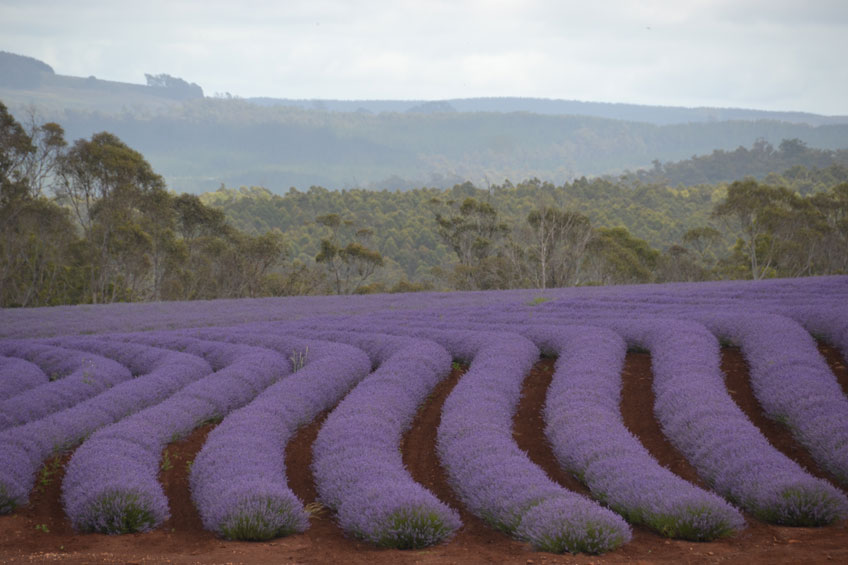
No, not the south of France. Tasmania’s very own Bridestowe Estate. Photo – Libby Cameron
The variety grown at Bridestowe by the Ravens family is Lavandula augustifolia. The original seeds were brought to northern Tasmania
by a London perfumer called Mr CK Denny. Mr and Mrs Denny chose a spot with conditions most like those of the mountains of southern France where augustifolia grows naturally. They named the property after Mrs Denny’s birthplace in Devon, England – Bridestowe.
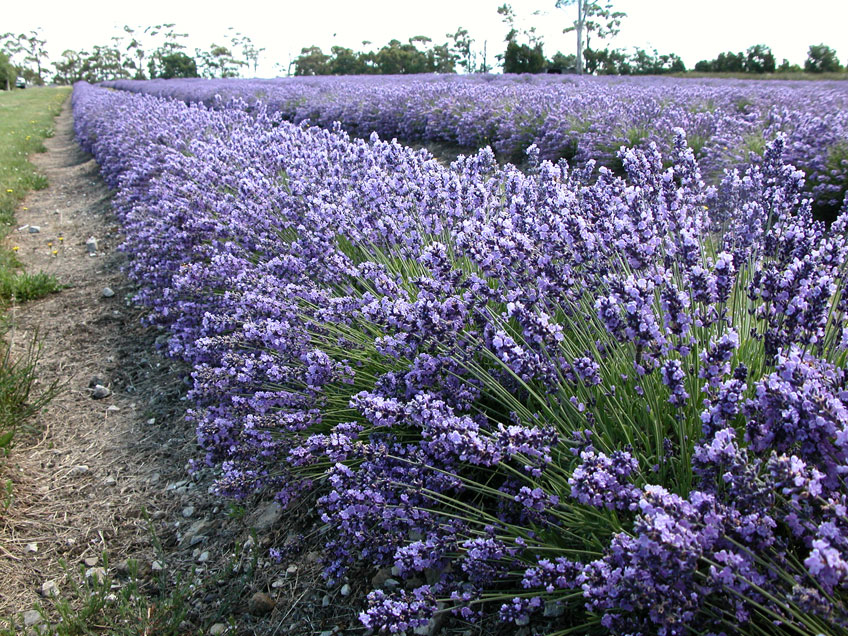
Lavandula Angustifolia. Photo – Graham Ross
These days Bridestowe is known around the world as the premier producer of the finest strains of true French lavender, and the purest lavender oil, which
is exported perfume houses, skin care producers and aroma-therapists across the globe- even in France!
Lavender has been growing at Bridestowe Estate now for 90 years. After years of painstaking research the Ravens have settled on four pure clones grown
specifically for oil production. Because they aren’t interested in genetic variation all propagation is from cuttings. There is only one clone of the
four that stands out from the others, ‘Phillipa’.
Lavandula augustifolia is the only lavender that can be eaten, and ‘Philippa’ is deemed to have the best flavour. And the best lavender scones,
lavender ice cream, rhubarb and lavender jam, and lavender grey tea can be sampled on site at the Bridestowe estate farm.
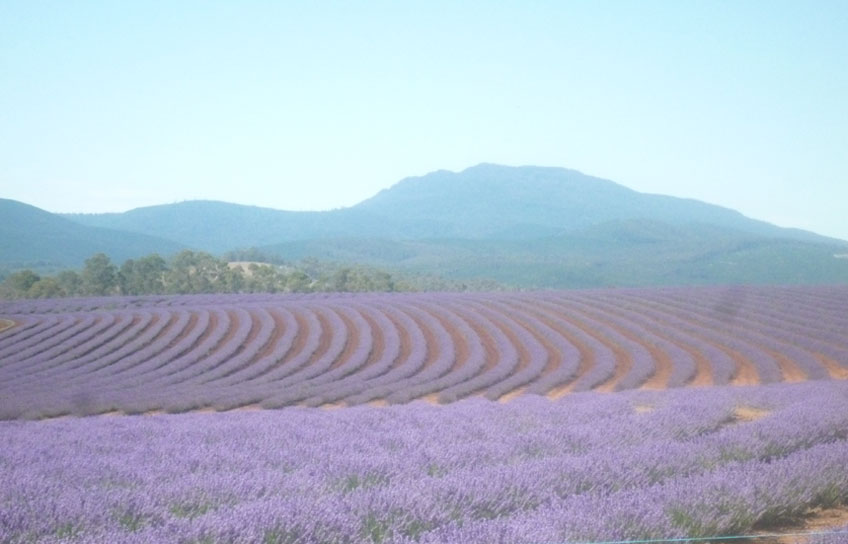
Lavender has been growing at Bridestowe Estate for 90 years. Photo – Libby Cameron
In winter, when the plants are dormant, about 10 acres of plants are dug up and divided to make new vigorous plants. It’s a bit like what you’d do at home,
but on a huge scale, and with the help of a customised tractor. After being dug up, each plant is torn into about 10 pieces, each with a section of
roots, and replanted by hand. The new plants are sprayed with Seasol and then left to get on with it. It sounds like a rough process, but the strike
rate is excellent.
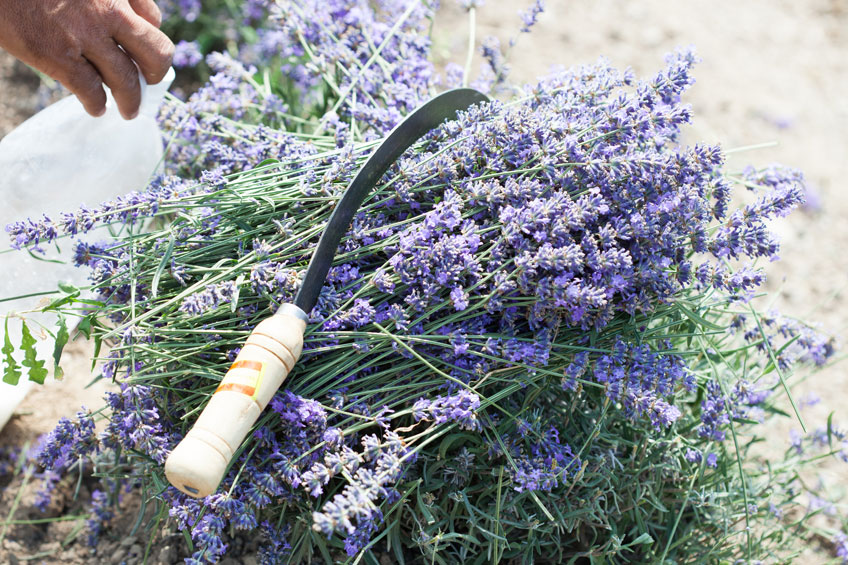
Sounds rough, but the strike rate is excellent. Photo - avs/Shutterstock.com
We love getting down to Bridestowe Estate every January for the harvest. We catch up with our friend and lavender producer, Robert Ravens, get amongst
the lavender, experiencing all the sights and smells of the busiest time on the farm.
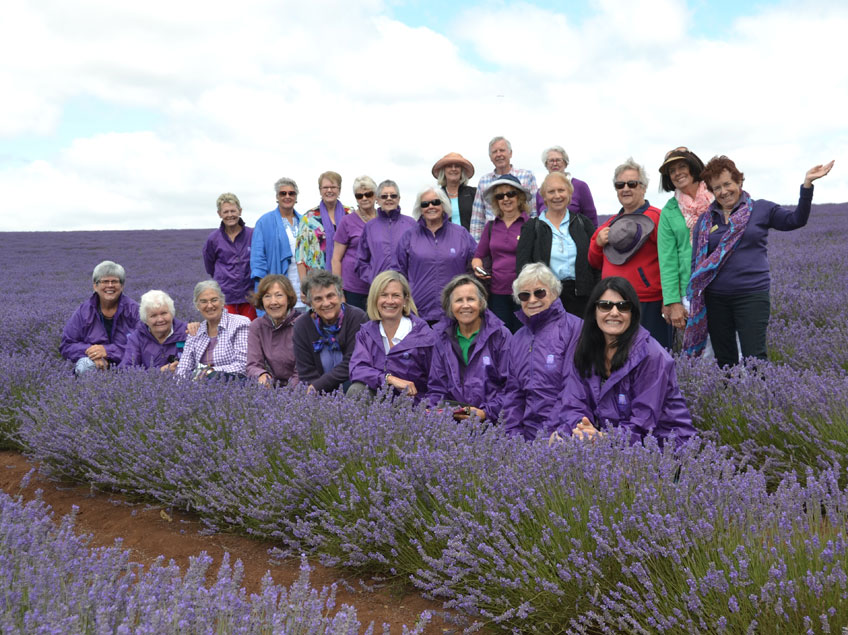
Uniforms optional. Photo - RGTI